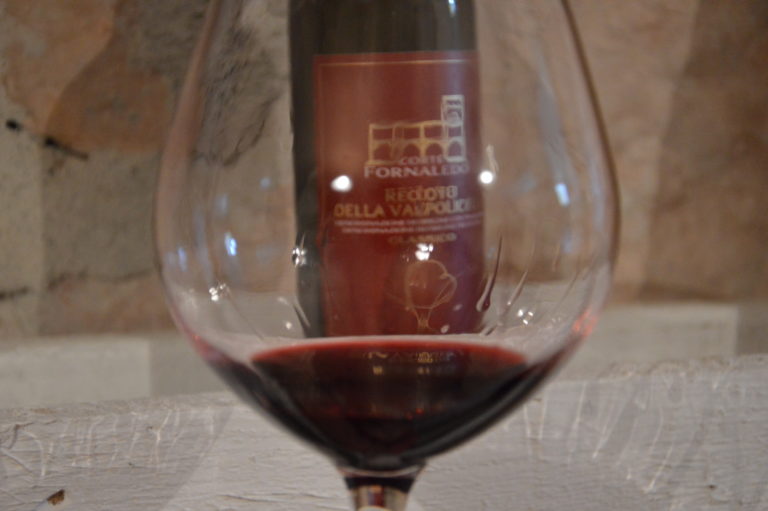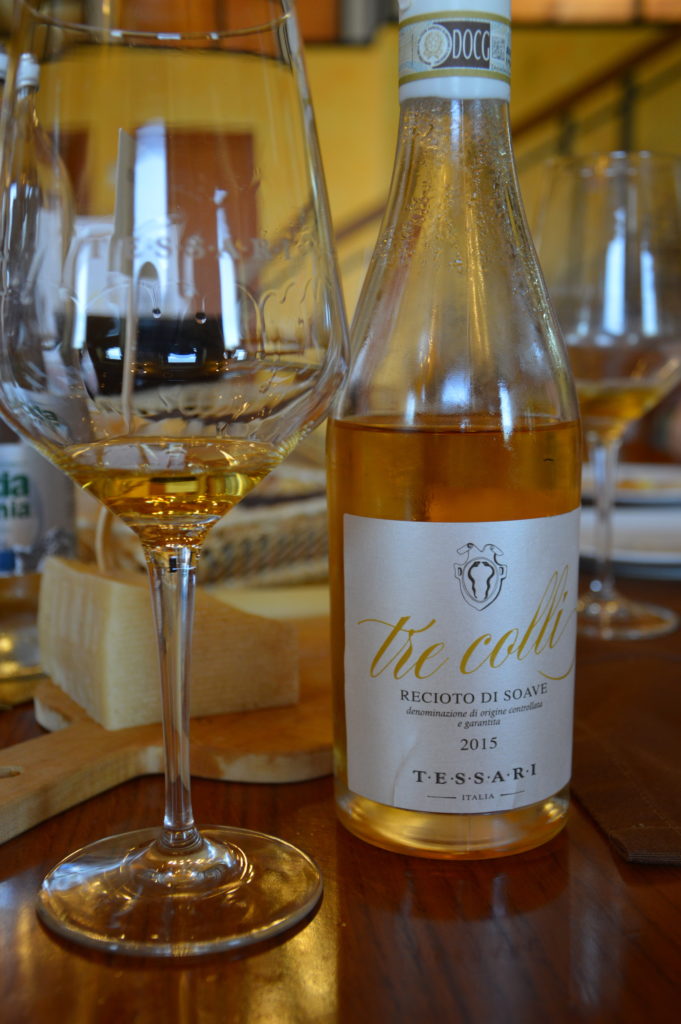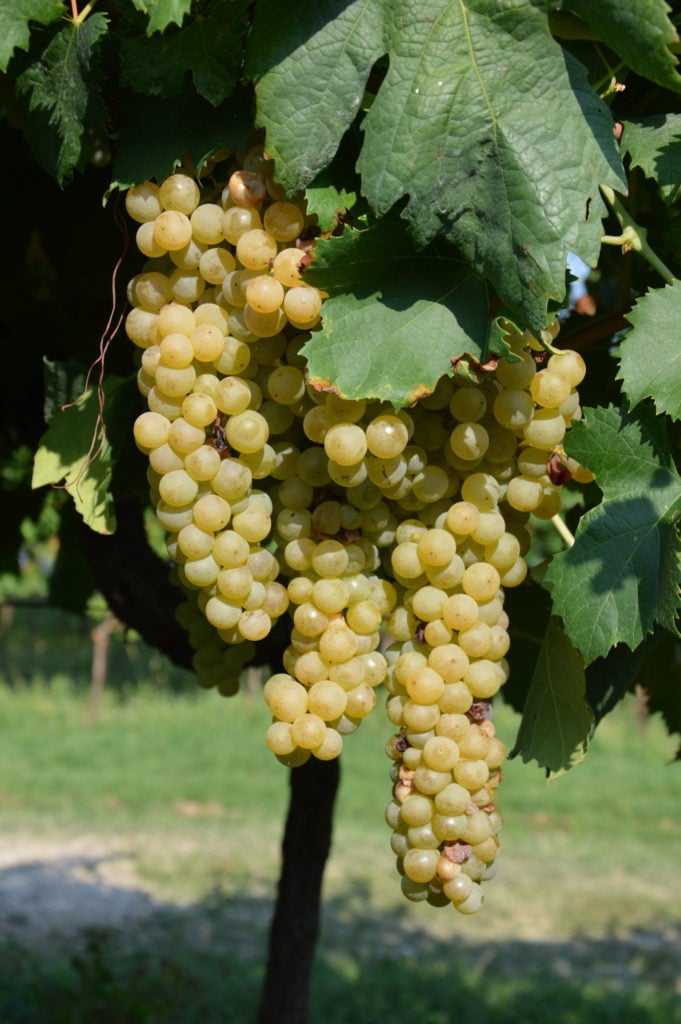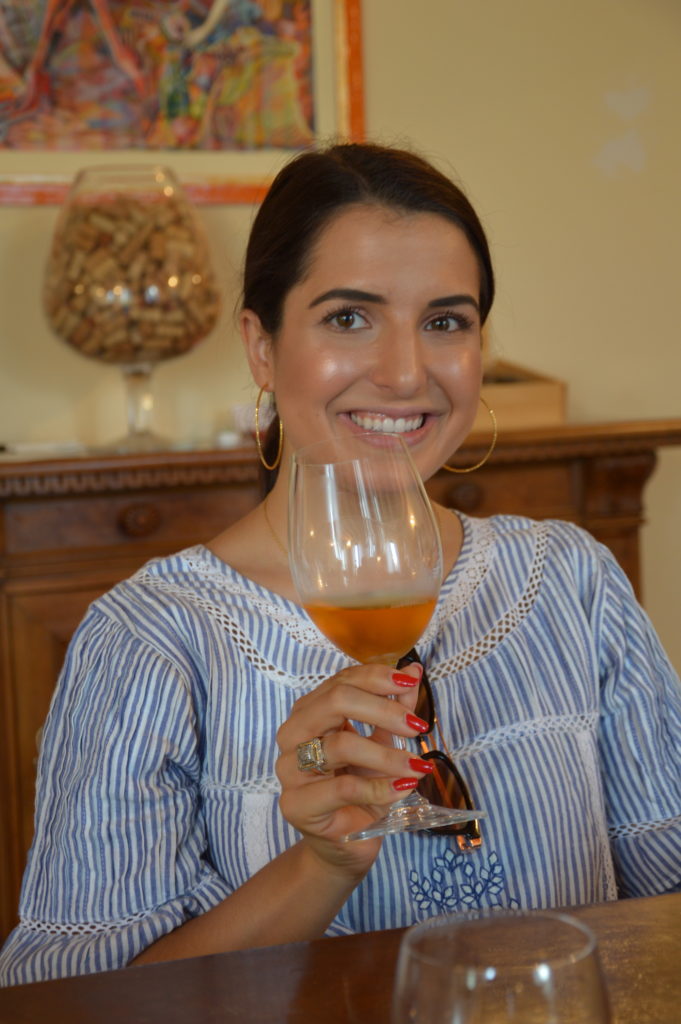
The differences between various Recioto wines
Don’t just ask for “a glass of Recioto”! In Veneto, you will find three wines with the same name, produced in neighbouring lands: Recioto della Valpolicella, Recioto di Soave and Recioto di Gambellara — so similar yet so different. They all share the highest recognition for an Italian wine, that is the DOCG label, that guarantees the quality and origin of a specific wine. They also share their name, which probably comes from the dialect term “récie” meaning “ears”: this is how the two upper parts of a grape bunch — ideally placed like ears in a head — were locally called. Because of their external position in the bunch, these tips tend to receive a higher quantity of sun rays, and therefore their berries tend to contain a higher quantity of sugar. The grapes they are made of all undergo a drying process, but here is where similarities stop and amazing peculiarities arise.

Recioto della Valpolicella
Recioto della Valpolicella
One of the few sweet Italian red wines, Recioto della Valpolicella is made using the same grapes that give life to Amarone. The oldest known ancestor of Recioto is called Acinaticum or Acinaticium, already recommended in Roman times as an excellence of this area. The most sensational record of this is a letter sent from Flavius Magnus Aurelius Cassiodorus (circa 490-583 a.C.), a Roman senator and prefect of Teodoricus, Ostrogoth king of Italy. This letter dates back to the first quarter of the 6th century and contains a wine request for the royal supplies: the author praises the colour and the sweetness of Acinaticum and of a white version of it, and describes its production method, which is very similar to the one still in use for Recioto. Recent story has it that Amarone — the elegant, robust and world-renowned red wine — was born from Recioto, either by accident or by the will of a visionary winemaker: a Recioto escaped from its timed fermentation (thus getting the early definition of “Recioto scapà” — you can find more in our Amarone-dedicated article), completing the process and therefore becoming dry rather than sweet.
Notwithstanding the greater notoriety earned by Amarone over the years, Recioto della Valpolicella is still regarded as an excellent sweet wine with a full body and an amazing aroma. It is mainly made out of Corvina, a typical and local red grape which gives a full-bodied feature to wines; other red grapes (such as Rondinella and Molinara) can be added to the composition, and they are all made to dry for a period that goes from 90 to 120 days — the grapes lose water while increasing their sugar levels. They can also develop Botrytis Cinerea (or Noble Rot), a fungus that helps increasing the organoleptic complexity of wines.

Recioto di Soave
Recioto di Soave
Recioto di Soave is a white wine produced in a specific area in the province of Verona, comprising the hills of Soave, Monteforte d’Alpone, San Martino Buon Albergo, Mezzane di Sotto, Roncà, Montecchia di Crosara, San Giovanni Ilarione, Cazzano di Tramigna, Colognola ai Colli, Illasi and Lavagno. It was the first regional wine to achieve the DOCG label, in 1998. A great white wine, it is made out of Garganega grapes with a variable percentage (a maximum of 30%) of Trebbiano, Chardonnay or Pinot Bianco. These grapes are picked when overripe and left to dry up for about 5 months on lattices or by hanging them, allowing air circulation. The final product is naturally sweet yet not too sugary. Its golden colour ranges from pale to bright yellow; intensely perfumed, it is usually associated with sweets and pastries, but can be a pleasant surprise when paired with blue cheeses.

Garganega grapes
Recioto di Gambellara
Recioto di Gambellara is a white wine exclusively made out of Garganega grapes, produced on the hills around the towns of Gambellara, Montebello Vicentino, Montorso and Zermeghedo, in the province of Vicenza; it received the DOCG label in 2008. Its two varieties — Classico and Spumante — are both made out of selected Garganega grapes, picked during the first half of September and left to dry up for about 3 months in order to concentrate sugars, aromas and noble rots. Due to its fruity and honey-like aromas, almost recalling a Passito, it is usually served as an end-of-meal wine, paired with sweets and blue cheeses; however, its fresher and younger versions can dare to be served also during other moments, in less obvious matches.

Recioto – Pagus Wine Tours
Curious to try all these types of Recioto? Get in touch with us, or reserve a place in one of our many group or private wine tours dedicated to Valpolicella and Amarone, starting from our “A taste of Valpolicella” wine tour, and add a sweet touch to your wine experience!

